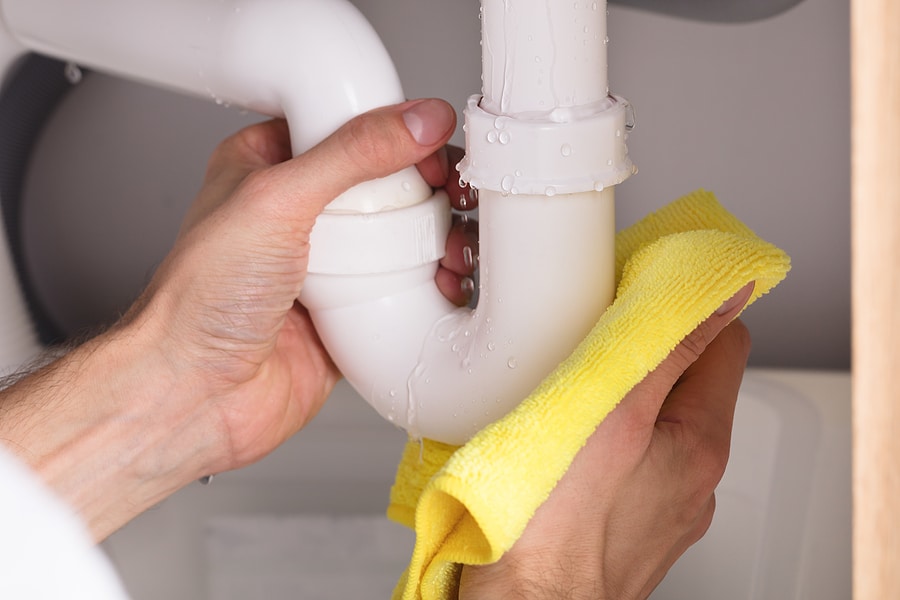Here in Indiana, we are well into the cold season, so at Indy Renovation, we find it fitting to address a common winter woe that many homeowners face – frozen pipes. As the temperature drops, the risk of encountering frozen pipes increases, potentially leading to serious plumbing issues. This blog post will guide you through understanding, preventing, and thawing frozen pipes to ensure a warm and worry-free winter.

Understanding the Problem
Frozen pipes occur when water inside the pipes freezes due to exposure to extremely low temperatures. As water freezes, it expands, exerting immense pressure on the pipes. This pressure can lead to cracks, leaks, and, in severe cases, bursts.
Prevention Is Key
Follow these four steps to avoid frozen pipes in your home:
- Insulate Pipes: Ensure exposed pipes, especially those in unheated areas, are properly insulated. This can be done using foam pipe insulation or heating tape.
- Keep a Steady Temperature: Maintain a consistent temperature in your home, even when you’re away. Set your thermostat to a minimum temperature to prevent pipes from freezing.
- Allow Faucets to Drip: Letting faucets drip slightly can prevent water from stagnating in the pipes, reducing the risk of freezing.
- Seal Leaks: Identify and seal any gaps or cracks in your home’s walls and foundation. Cold air drafts can contribute to freezing pipes.
Thawing Frozen Pipes
Unfortunately, even if you take preventative steps, frozen pipes may still happen in your home if the temperatures drop very low. So, here’s what to do if that happens:
- Locate the Frozen Section: Identify which pipe is frozen. Typically, pipes along exterior walls or unheated areas are most susceptible.
- Open Faucets: Before attempting to thaw the pipe, open the nearby faucet. This allows water to flow and relieves pressure as the ice melts.
- Apply Heat: Use a hairdryer, heat lamp, or space heater to apply gentle heat to the frozen section. Start from the faucet end and work your way toward the blockage.
- Use Towels Soaked in Hot Water: Wrap towels soaked in hot water around the frozen pipe. This can expedite the thawing process.
- Call Professionals: If you cannot locate the frozen section or thaw the pipes, it’s crucial to call plumbing professionals. Attempting to force thawing could lead to further damage.
Facing frozen pipes can be challenging, but with these preventive measures and thawing tips, you can confidently navigate through winter. Indy Renovation offers professional plumbing services to Indianapolis and the surrounding areas. Contact us today at (317) 375-4464 to request a free estimate.
